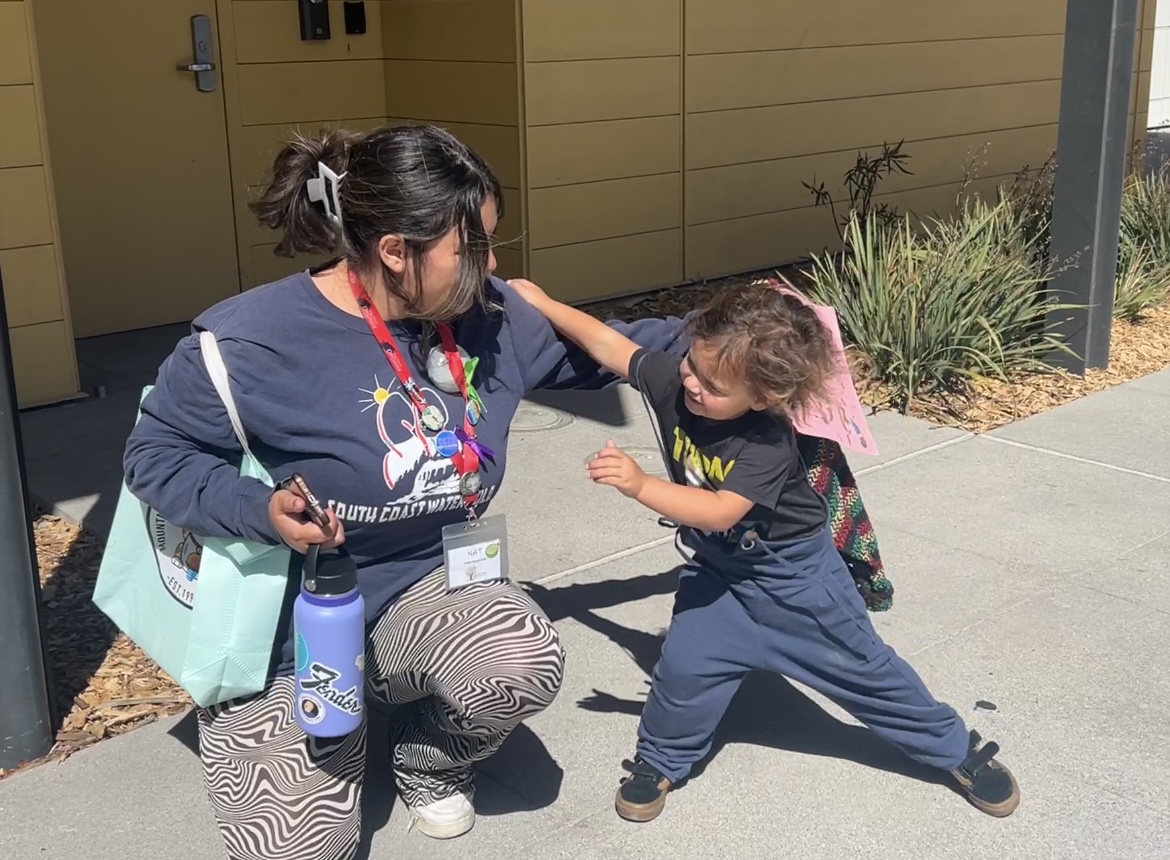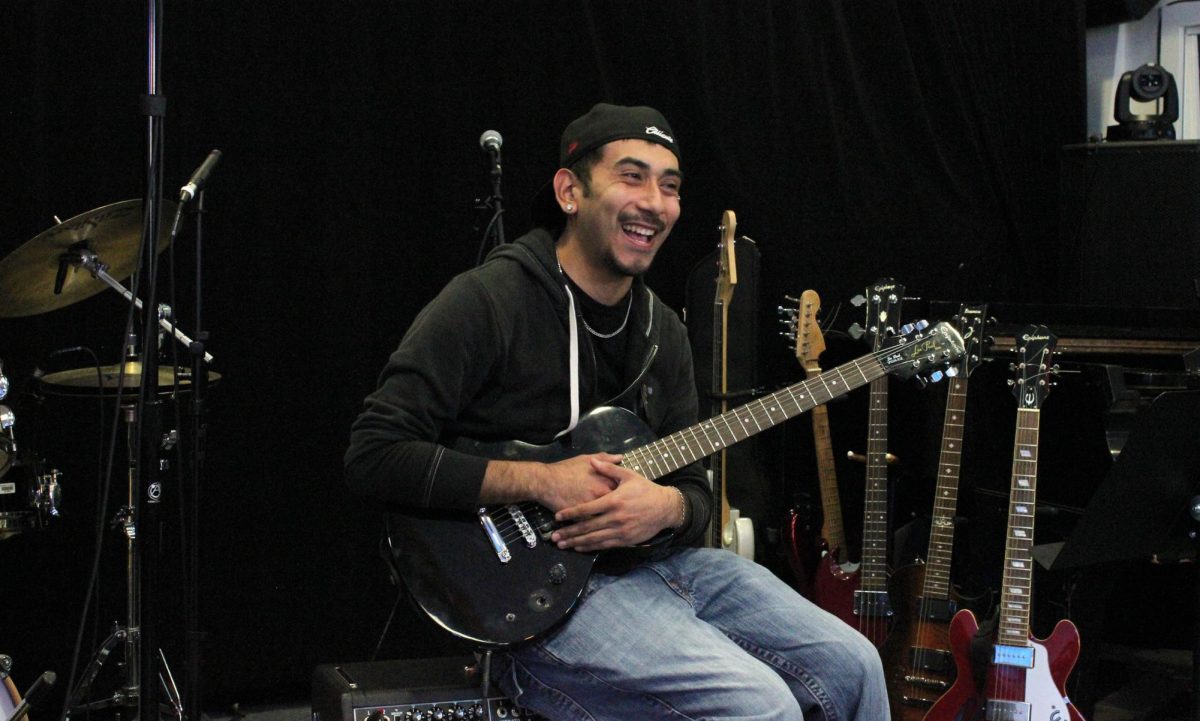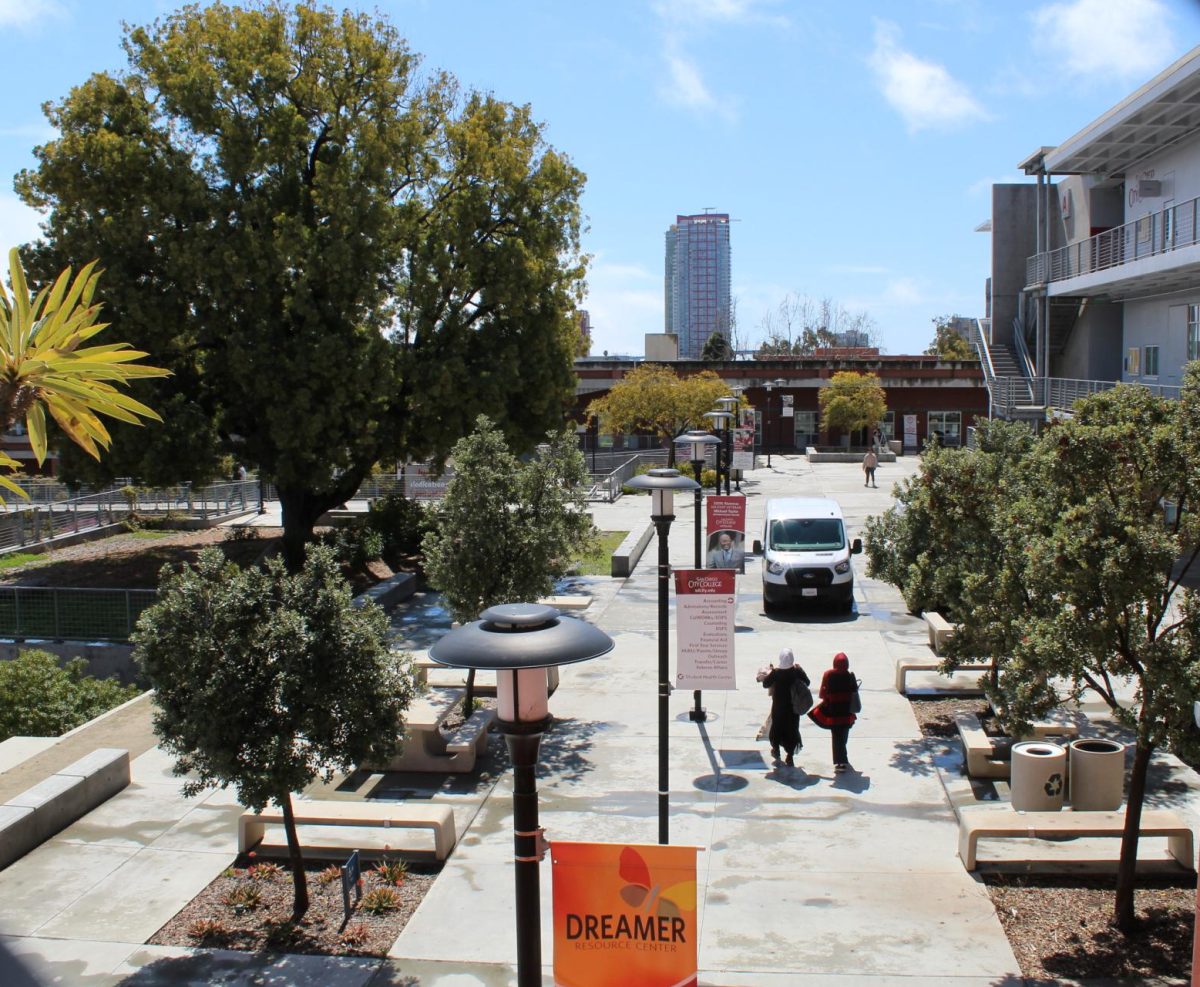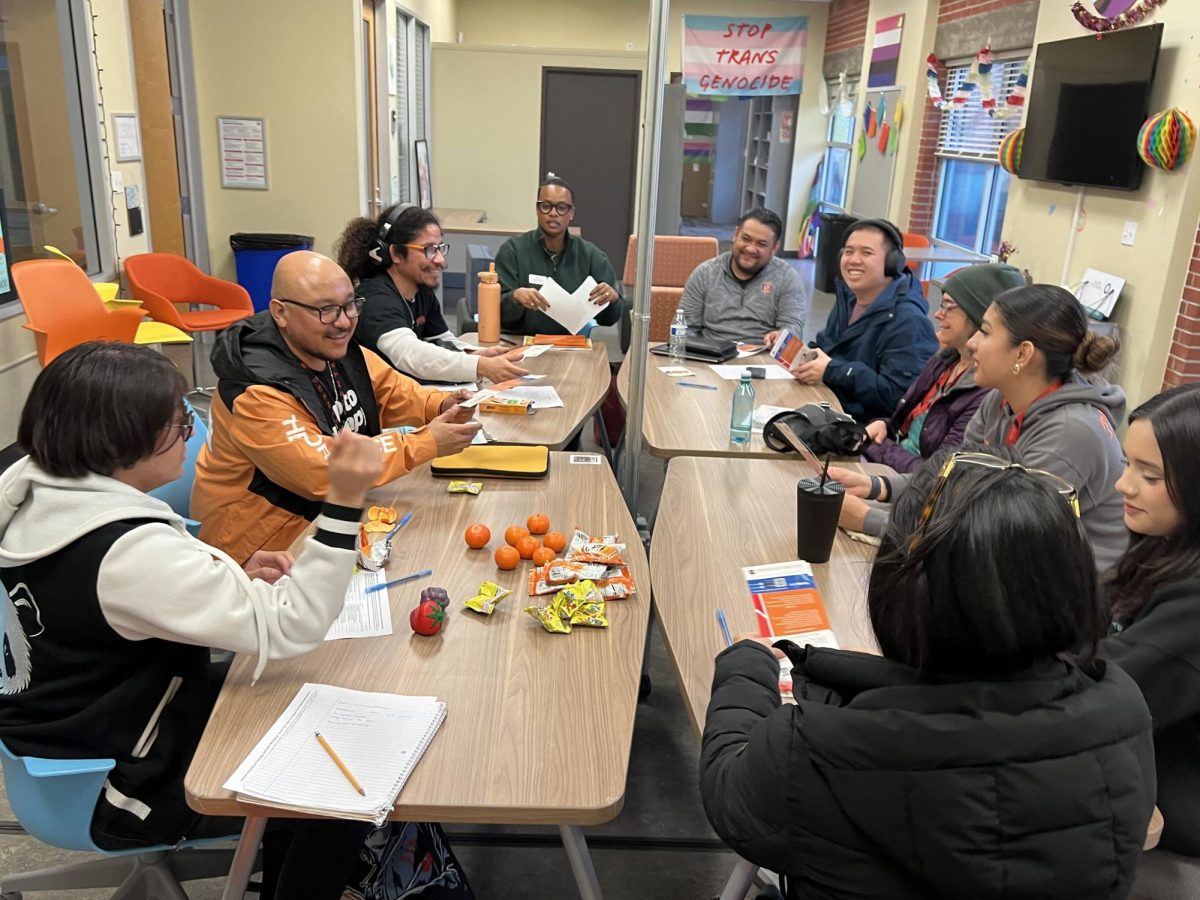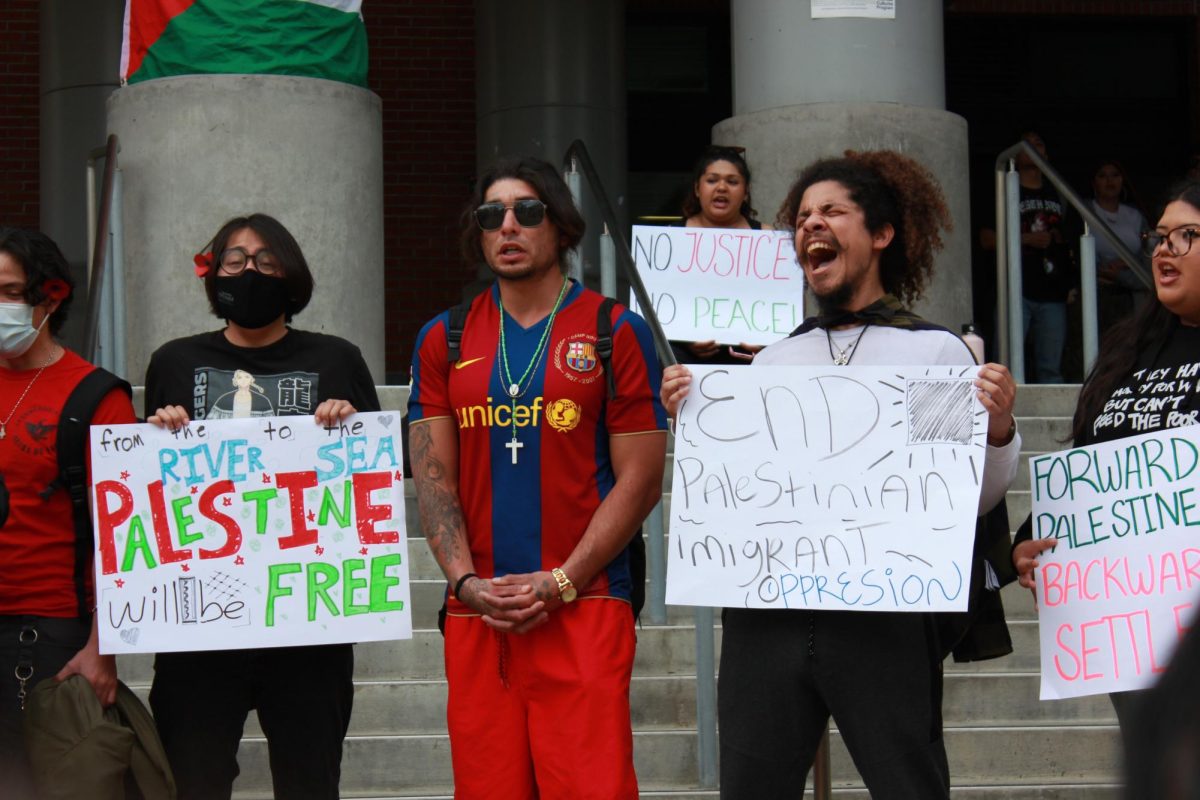Columbia University’s School of General Studies presented at City College Oct. 10 in the Transfer Center to provide information for possible transfer students interested in the school.
The university made a presentation on the overall institution, focusing on the School of General Studies, which provides opportunities for those looking for a bachelor’s and have taken at least a year off school prior to applying to the college.
“General Studies was founded in 1947. It was established in response to returning World War II veterans who were very nontraditional. They had experiences different things out in the world, so Columbia founded GS to conform to the needs of the nontraditional student and is who we continue to serve today,” Ivonne Rojas, senior admissions manager of the college, said.
The school is one of 20 colleges under the umbrella Columbia University, four of which are undergraduate: Columbia College (a coed traditional university), Barnard College (which is designed specifically for women) and the School of Engineering, along with the school of General Studies. Other than the School of Engineering, Columbia’s focal point is liberal arts studies, offering over 80 majors. The school is located in the center of New York.
“All of New York City is at your fingertips,” Rojas said. “It has this sort of campus environment with quads and grassy fields and beautiful old buildings and you walk out of the campus and you’re in the middle of the city.”
Because the colleges have different requirements, the admissions process is different for each one. The School of General Studies, in particular, has a requirement that applicants have taken at least one year away from higher education. Unit requirements and other considerations that are usually strict in a traditional admissions process are more lenient at this school. There is actually no unit requirement and no minimum GPA, and no major has to be declared upon applying.
“If you don’t have that year off, then you would have to apply to Columbia College or Barnard College. The application is a different process,” Rojas said.
Although the schools are separated on an administrative level, they are combined academically. Students are treated equally in terms of academic rigor, class work and lecture availability.
“On the educational side of things, all of the schools are integrated. So everybody is studying in class together, they’re talking to the same professors, they’re earning the same degrees and they’re studying the same majors,” Rojas said.
Students interested in transferring to the university can use transferable units, but they will not be evaluated until an application is sent in and the student is admitted. They can apply the units to a broad core curriculum that is required to graduate from the college, accepting up to 60 transfer credits based on a level of equivalence and if the grade for the course is a C or higher. Summer, fall and spring courses are accepted, but online courses are not.
With the school being located on the east coast, the school does offer academic and financial support. Financial aid is available for out-of-state students and so is housing. College apartments are available on a first-come first-serve basis, offered at less than market value. Housing can be paid with financial aid, as well as other expenses since General Studies charges per credit unlike traditional schools.
“All of our students get scholarship. We offer primarily a merit-based scholarship. For a full-time new student, the scholarship average is $6,500 to $8,000 typically. There is a combination of scholarships from our school, in tandem with the financial aid offered,” Rojas said.
For students interested in applying, the deadline for Early Action fall admission is March 1, the summer admission deadline by April 1 and the regular fall admission deadline is June 1. Application information can be found on http://gs.columbia.edu/.
For any questions about the school and transfer options, students can contact Ivonne Rojas at inr2101@columbia.edu or go on the school website.


